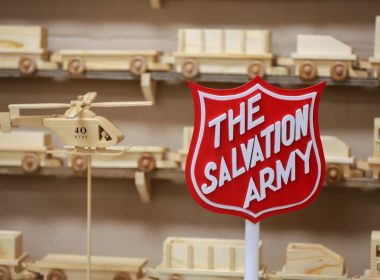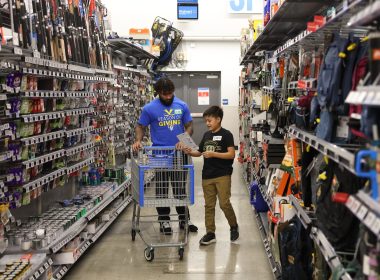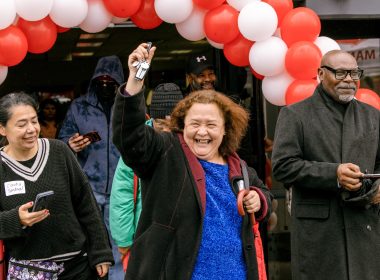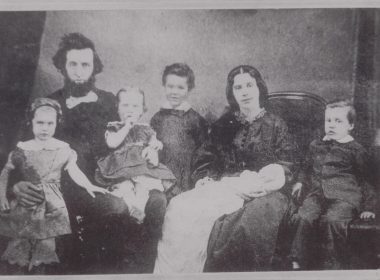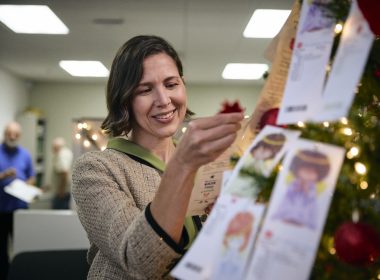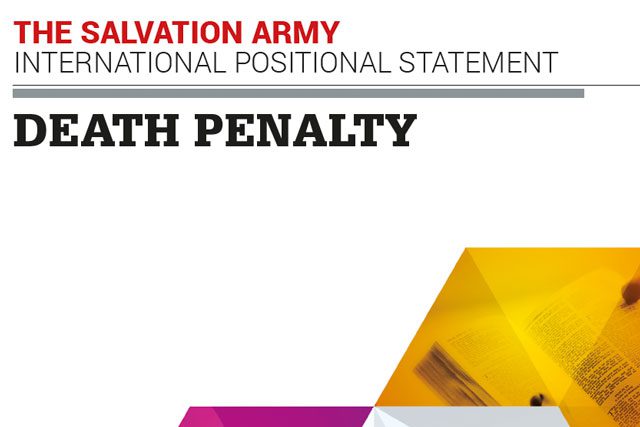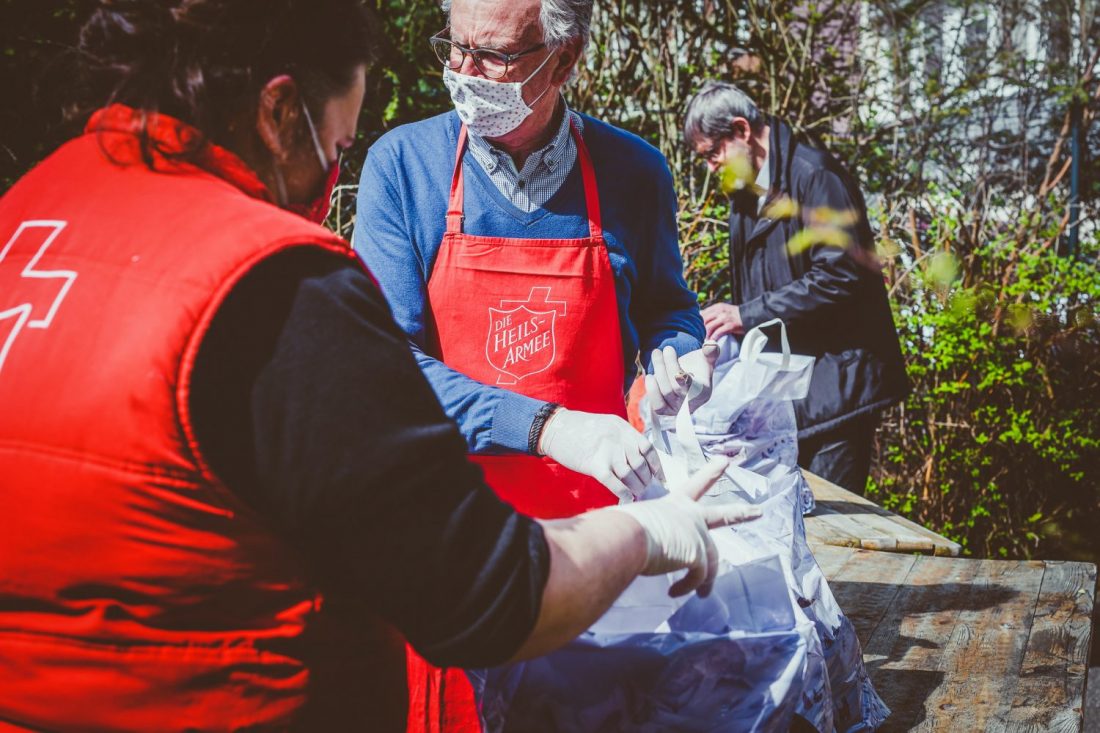World Service Office funds global projects.
In Kamadufa, a remote village in Tanzania, women are transforming their lives with the support of SAWSO (Salvation Army World Services Office) and Pact, Inc. These Masai women—26 in all—are learning to read and write, and are saving money together to start businesses. All have joined the WORTH program, a literacy-based, savings-led empowerment program for women that is funded by USAID (United States Agency for International Development).
It is just one of SAWSO’s 35-40 projects in 57 countries, which range from a $5,000 well to a $5 million housing project for tsunami victims, projects which include fighting human trafficking, helping orphans and vulnerable children, providing safe water, and increasing food security.
The least understood unit
While the acronym—SAWSO—may be familiar to many, The Salvation Army’s World Services Office is probably the least understood of all of the Army’s overseas units.
“We are the only Salvation Army unit in the United States that doesn’t provide services in the U.S.,” stated Lt. Colonel Daniel Starrett, executive director. And while SAWSO funds projects overseas in the Salvation Army’s name, it uses no Salvation Army money in its $30 million budget.
Founded in 1977, SAWSO, for the first 25 years of its existence, depended wholly on government funds. Now, 10 percent of its funding is from foundations; 50 percent is from projects with the U.S. government, such as USAID; and 40 percent is from combined federal campaigns. None of its funding comes from the Army’s World Service dollars.
Starrett notes the federal government contracts with SAWSO as a private volunteer organization (PVO), a non-governmental organization (NGO).
“We’re not allowed to raise money in the U.S., and we receive no Salvation Army funding. It’s one of the most amazing units in the world.”
Relating to federal committees
The department’s 16 staff members work on SAWSO’s major specialty areas: food, water, sanitation; international anti-human trafficking; health (maternal and child); women’s empowerment and micro finance; HIV/AIDS; emergency services; and community development. “These are where we relate to federal committees,” Starrett explains. “We attend lots of hearings and meetings, and participate in sign-on letters with other organizations.”
The process of involvement
Most of the organization’s contact with the government is through the State Department, in particular USAID, although it has a growing relationship with the Office of Foreign Disaster Assistance.
A project starts when the State Department or USDA (U.S. Department of Agriculture) posts a notice on the Federal bulletin board or sends an email stating that they want to support a project in a certain location. This may be a project addressing gaps in services such as HIV/AIDS care, water/sanitation needs, maternal/child health issues, or distribution of food or goods.
SAWSO can respond in this highly competitive process—it can take six months to develop a proposal, and another six months to hear if the proposal was accepted or turned down.
The Army’s international presence is key to SAWSO’s ability to provide significant services. “One of our greatest assets worldwide is The Salvation Army’s existing infrastructure and footprint,” Starrett explained. “We are already there, and can integrate a service into an existing program that can enable it to be sustainable. Our goal is to support and strengthen The Salvation Army wherever it is.”

